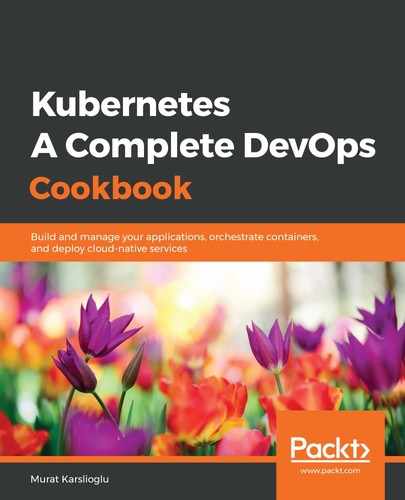The Installing GitLab using Helm recipe showed you how to provision GitLab with all built-in components and external dependencies.
In the Installing GitLab using Helm recipe, in step 1, we made sure that official up-to-date GitLab Helm chart repos were added into the local repository list. Otherwise, older versions of the GitLab charts from the stable/gitlab repo would be used.
In the same recipe, in step 2, we deployed GitLab using Helm charts in the gitlab namespace using the --namespace gitlab parameter. This command not only deployed GitLab components but also Redis, PostgreSQL, Minio object storage for data persistence, Cert Manager, a local container registry, and the nginx ingress controller.
By default, GitLab Helm charts deploy the enterprise version of GitLab. By using the --set global.edition=ce parameter, we switched the Deployment to the free Community Edition.
After we executed the command in the Installing GitLab using Helm recipe, in step 2, the Helm chart assumes that we have an existing default storage class and it uses the default one to create the PVCs and PVs for the stateful application.
